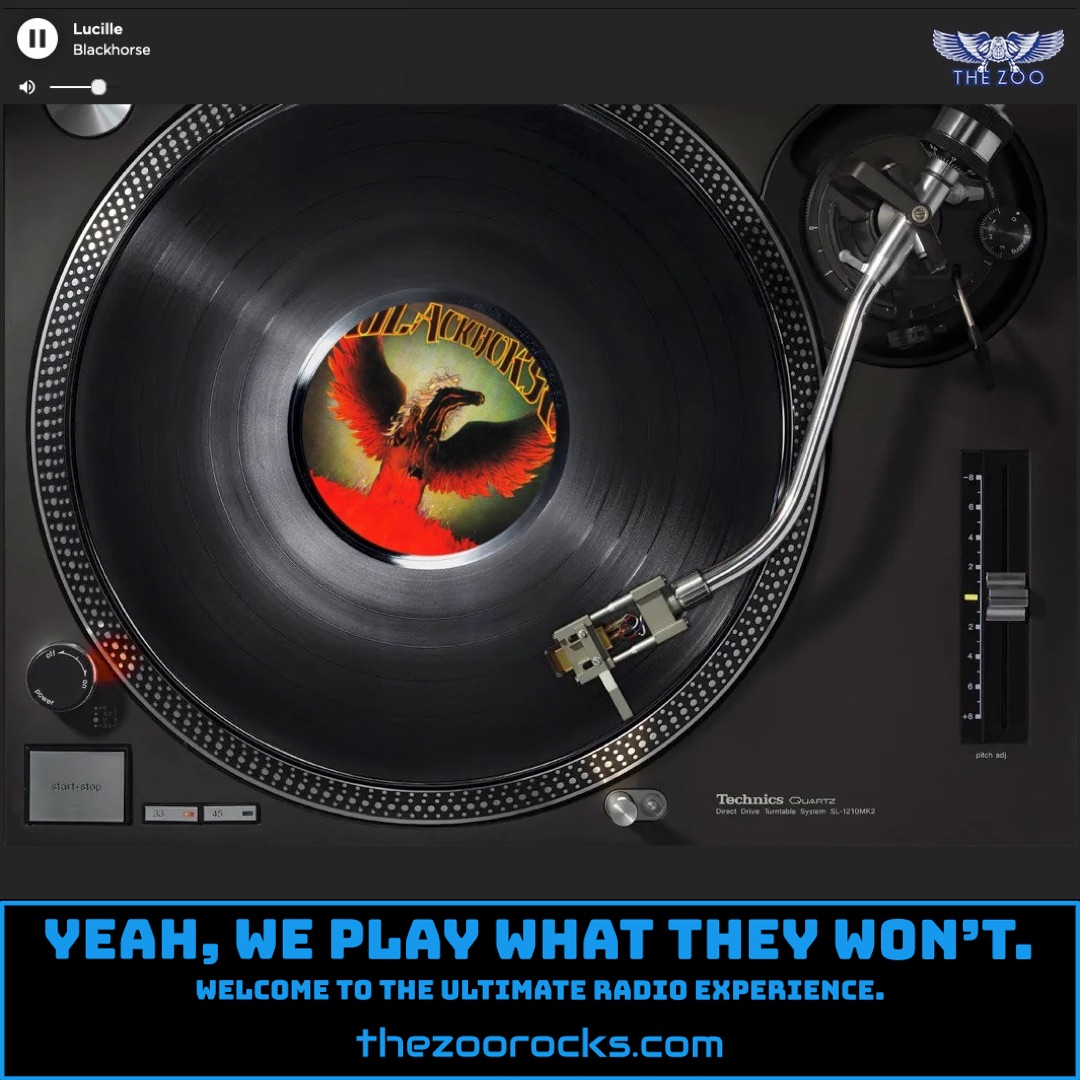Subterranean Homesick Blues
Bob Dylan
Zoo Freaks, get ready for some mind-blowing trivia about Subterranean Homesick Blues by Bob Dylan, the track we're spinning from Bringing It All Back Home! Recorded on January 14, 1965, in a single take at Columbia’s Studio A in New York, this song was a game-changer, marking Dylan’s first Top 40 hit, peaking at #39 on the Billboard Hot 100 and hitting #9 in the UK. Its raw, electric sound shocked the folk scene, as Dylan plugged in, blending Chuck Berry’s Too Much Monkey Business with Beat poetry vibes, possibly nodding to Jack Kerouac’s novel The Subterraneans. The song’s rapid-fire lyrics, packed with slang and anti-establishment jabs, even inspired the radical group the Weather Underground, who took their name from the line, “You don’t need a weatherman to know which way the wind blows.” John Lennon was so obsessed with it, he reportedly wondered how he could ever top its energy.
The iconic video for Subterranean Homesick Blues, shot on May 8, 1965, behind London’s Savoy Hotel, is often called the first modern music video. Directed by D.A. Pennebaker for his 1967 documentary Don’t Look Back, it features Dylan flipping cue cards with lyrics, riddled with intentional misspellings and puns, written by Dylan, Allen Ginsberg, Bob Neuwirth, and folk singer Donovan. You can spot Ginsberg and Neuwirth chatting in the background, adding to the counterculture cool. Two alternate takes—one in a park, another on a rooftop—stayed under wraps until Martin Scorsese included them in his 2005 Dylan doc No Direction Home. In 2022, to celebrate Dylan’s 60th anniversary as a recording artist, a reimagined video featured new cue cards by artists like Bruce Springsteen and Patti Smith, as shared on Dylan’s X account.
The song’s influence is massive—Radiohead referenced it in their track Subterranean Homesick Alien, and covers range from Red Hot Chili Peppers to Harry Nilsson. Its 18-bar blues structure, longer than the standard 12, gave Dylan room for his dense, poetic lyrics, though bassist Bill Lee struggled to keep up, adding to the track’s raw charm. Elvis Costello even cited it as inspiration for his 1978 hit Pump It Up, proving its lasting impact. The Zoo Crew loves how this track captures Dylan’s rebellious spirit, railing against crooked cops and societal pressures, with lines like “Better stay away from those / That carry ‘round a fire hose,” a nod to civil rights struggles.
Now, let’s dive into how Bob Dylan got his start. Born Robert Allen Zimmerman on May 24, 1941, in Duluth, Minnesota, Dylan grew up in a middle-class Jewish family in Hibbing, where he formed high school rock bands like the Shadow Blasters and the Golden Chords, playing covers of Elvis and Little Richard. By 1959, at the University of Minnesota, he was soaking up folk and blues, inspired by Woody Guthrie and the Beat poets like Kerouac and Ginsberg. Dropping out in 1961, he headed to New York’s Greenwich Village, crafting a mythical persona as a rambling troubadour. His early gigs at cafes like Gerde’s Folk City and a raw demo caught the ear of producer John Hammond, who signed him to Columbia Records. His 1962 debut album, Bob Dylan, flopped commercially, but 1963’s The Freewheelin’ Bob Dylan, with hits like Blowin’ in the Wind, made him a folk icon.
Connect with Dylan’s world at his official website, where you’ll find lyrics, news, and tour dates. Follow him on Facebook, Instagram, and X for updates, like the 2022 Subterranean Homesick Blues 2022 video announcement. Fans gather at Expecting Rain, a daily-updated fan site with deep dives into Dylan’s work, and on Bob Dylan Fans, a vibrant Facebook group sharing stories and rare finds. The Zoo Crew knows you Zoo Freaks will keep vibing to Dylan’s revolutionary sound, so stay tuned for more!

